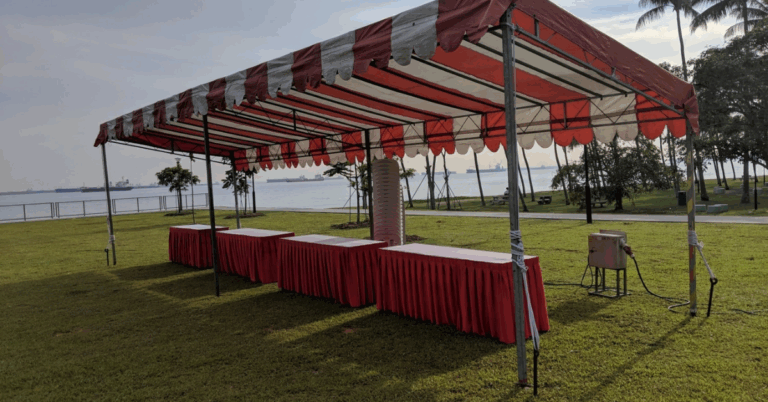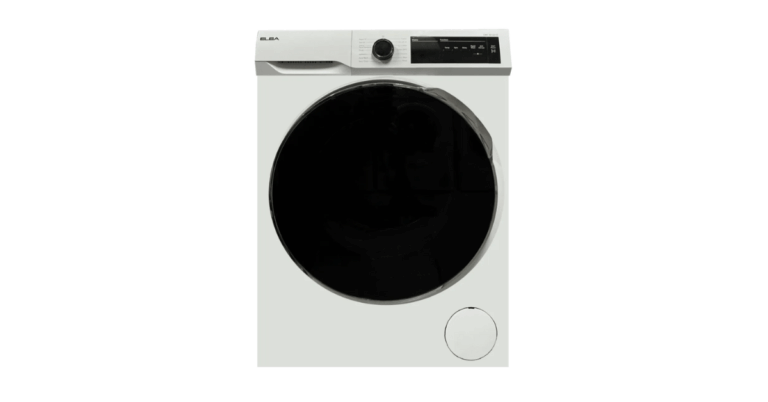High Volume Low Speed Fan: The Smart Cooling Solution for Large Spaces
When it comes to cooling large industrial, commercial, or public spaces, traditional fans and air conditioning systems often fall short in efficiency and cost-effectiveness. That’s where a High Volume Low Speed Fan comes in. Designed to move a massive volume of air at a low rotational speed, this fan offers superior airflow, comfort, and energy savings, making it the go-to cooling solution for large-scale environments.
Whether you’re managing a warehouse, manufacturing facility, gym, or commercial building, a High Volume Low Speed Fan delivers the performance and reliability you need. In this article, we’ll explore what makes HVLS fans unique, their key benefits, applications, and what to look for when selecting a high-quality fan.
What Is a High Volume Low Speed Fan?
A High Volume Low Speed Fan (HVLS fan) is a large-diameter ceiling fan, typically ranging from 7 to 24 feet in diameter. Unlike traditional fans that operate at high speeds to produce a focused airflow, HVLS fans rotate slowly but move large amounts of air across broad areas.
The concept is simple but powerful — by turning slowly, a High Volume Low Speed Fan gently distributes air throughout the space, reducing hot spots and improving air circulation. These fans are especially popular in warm, humid climates where consistent airflow is critical for comfort and productivity.
Benefits of High Volume Low Speed Fans
1. Energy Efficiency
A High Volume Low Speed Fan reduces the need for air conditioning by circulating air effectively across large areas. This results in lower energy consumption and significant savings on electricity bills.
2. Uniform Air Distribution
Unlike small high-speed fans that push air in a narrow stream, a High Volume Low Speed Fan distributes air evenly throughout the entire room or facility, eliminating hot and cold zones.
3. Improved Comfort
The consistent breeze generated by an HVLS fan can reduce perceived temperatures by 6 to 10 degrees Celsius. This leads to more comfortable working conditions without overcooling the space.
4. Enhanced Air Quality
A High Volume Low Speed Fan helps to improve indoor air quality by constantly moving air, reducing humidity, and dispersing airborne contaminants.
5. Quiet Operation
Despite their size, HVLS fans operate quietly due to their low speed and precision-engineered blades, making them suitable for schools, gyms, offices, and public venues.
6. Year-Round Use
In summer, the fan provides cooling. In winter, a High Volume Low Speed Fan can operate in reverse to push warm air down from the ceiling, increasing heating efficiency.
Applications of High Volume Low Speed Fans
A High Volume Low Speed Fan is incredibly versatile and can be used in a wide range of settings:
-
Warehouses: Improve airflow, reduce heat buildup, and enhance worker comfort.
-
Manufacturing Plants: Maintain a safe and comfortable environment without the high cost of HVAC systems.
-
Commercial Buildings: Provide quiet, consistent airflow in malls, showrooms, and offices.
-
Gyms and Fitness Centers: Keep athletes cool during workouts and reduce HVAC load.
-
Agricultural Facilities: Control moisture levels and promote healthy conditions for livestock.
-
Airports and Transport Hubs: Maintain comfortable environments in large open areas with high foot traffic.
How High Volume Low Speed Fans Work
The secret behind the efficiency of a High Volume Low Speed Fan lies in its blade design and motor technology. The fan blades are designed to move slowly and push large volumes of air downward and outward in a column, creating a gentle, expansive breeze.
This airflow, often referred to as a “floor jet,” spreads out across the floor and moves horizontally until it reaches a wall or obstruction, where it turns upward. This continuous cycle creates a convection effect that stabilizes temperature and humidity.
Most HVLS fans use brushless DC motors or gearless direct-drive systems for better energy efficiency and reduced maintenance.
Choosing the Right High Volume Low Speed Fan
When selecting a High Volume Low Speed Fan for your facility, consider the following factors:
1. Fan Size
Larger fans cover more area. A fan between 14 to 24 feet in diameter is ideal for expansive spaces like warehouses and factories, while smaller models may be better for retail or office environments.
2. Airflow Rating (CFM)
Look for the fan’s cubic feet per minute (CFM) rating. A higher CFM means more air movement, which is essential for effective cooling in large spaces.
3. Motor Type
Opt for a fan with a direct-drive motor for quieter operation and less maintenance. These motors are more reliable than traditional geared systems.
4. Blade Material
Aluminum or composite blades offer durability and optimal performance. They resist corrosion and withstand harsh environments.
5. Control Options
Modern HVLS fans come with remote controls, wall-mounted keypads, and even smart sensors to adjust speed based on room temperature or occupancy.
6. Safety Features
Safety is crucial. Look for features such as redundant mounting systems, blade retention cables, and automatic shutoff in case of vibration or malfunction.
Maintenance Tips for High Volume Low Speed Fans
A High Volume Low Speed Fan is a low-maintenance solution, but regular upkeep ensures peak performance:
-
Inspect Blade Alignment: Ensure blades are straight and balanced to avoid unnecessary wear.
-
Clean Blades: Dust and debris can reduce airflow. Wipe blades with a soft cloth every few months.
-
Check Mounting Hardware: Tighten bolts and inspect brackets to prevent loosening over time.
-
Test Control Systems: Ensure that remote or wall-mounted controls are functioning correctly.
-
Listen for Noise: Unusual sounds may indicate a motor or blade issue that needs attention.
Frequently Asked Questions (FAQ)
What does a High Volume Low Speed Fan do?
A High Volume Low Speed Fan circulates a large volume of air slowly across a wide area, improving comfort and airflow without the energy cost of air conditioning.
Are HVLS fans suitable for air-conditioned spaces?
Yes. A High Volume Low Speed Fan complements air conditioning systems by improving circulation, reducing the need for constant cooling, and maintaining consistent temperatures.
How much energy can I save with an HVLS fan?
Many facilities report up to 30% energy savings when using High Volume Low Speed Fans in conjunction with or in place of traditional HVAC systems.
Is it safe to use HVLS fans indoors?
Absolutely. A High Volume Low Speed Fan is designed for indoor use and features safety mechanisms to prevent injury or malfunction, even in populated spaces.
How long does a High Volume Low Speed Fan last?
With proper installation and regular maintenance, a High Volume Low Speed Fan can last 10 to 15 years or more.
Can these fans be used in winter?
Yes. A High Volume Low Speed Fan can reverse direction to push warm air down from the ceiling, helping to maintain a comfortable temperature in cold months.
Conclusion
The High Volume Low Speed Fan is a revolutionary solution for cooling and air circulation in large spaces. It combines energy efficiency, comfort, and quiet operation in a way that traditional fans and HVAC systems simply can’t match. Whether you’re outfitting a warehouse, gym, or commercial space, investing in a High Volume Low Speed Fan is a smart, long-term decision that pays off in reduced costs, improved comfort, and enhanced air quality.







